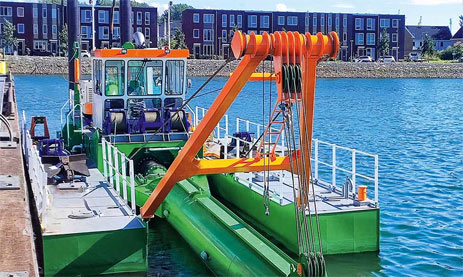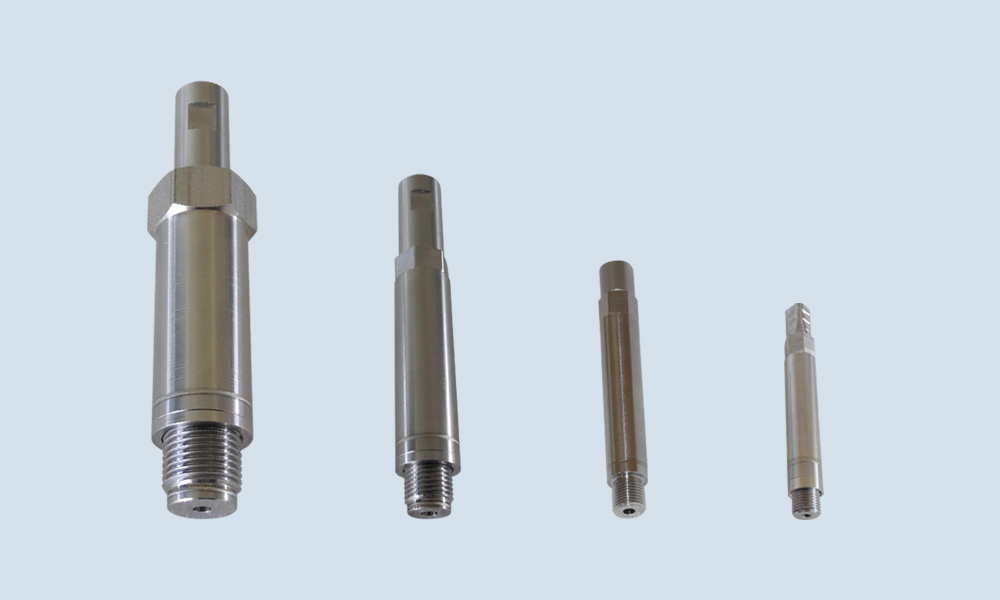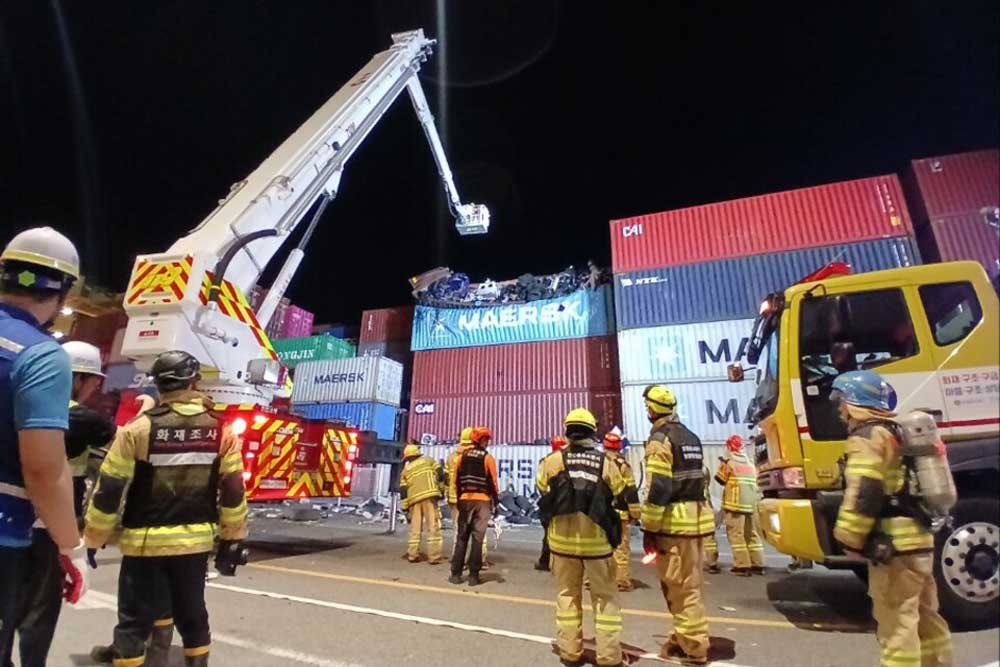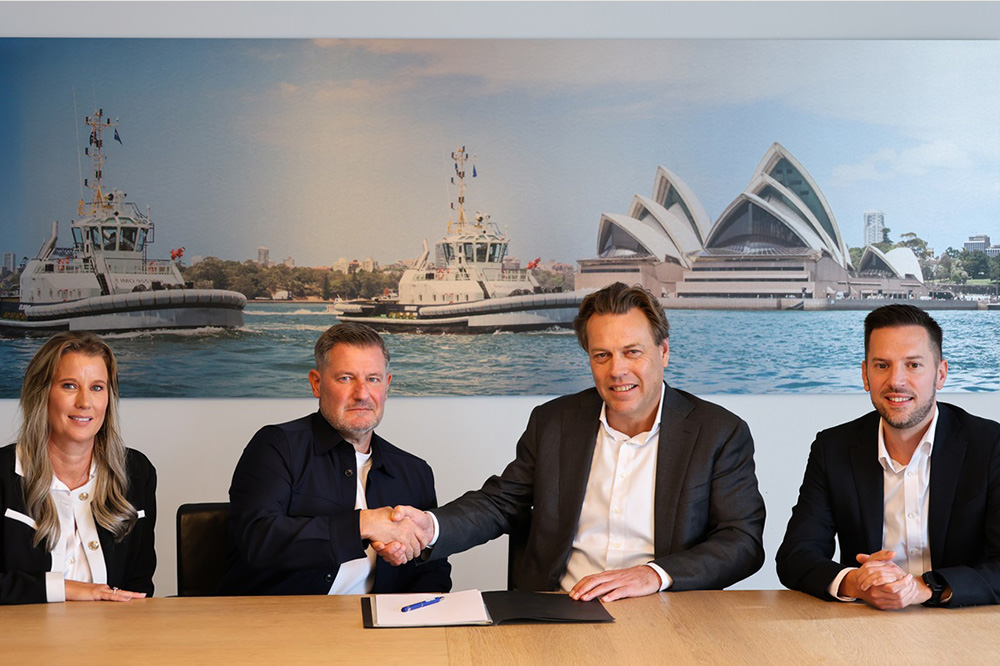Iran’s ports are running at full speed, despite the country continuing to suffer from tough international sanctions and growing geopolitical uncertainties.
According to the Ports and Maritime Organization (PMO), almost 235 million tons were handled in Iran’s state ports in twelve months of the financial year (2024/2025) – more than ever before. This included more than 103 million tons of oil alone, which corresponds to a 44% share. In addition, container handling rose sharply by 13% compared to the previous year to over 3 million TEU.
However, the figures published by the news agency WANSA, which is loyal to the government, cannot be independently verified. It therefore remains unclear whether higher global demand is actually behind the upturn or whether it is more a case of state-orchestrated flows of goods and circumventing trade with allies. There are also no details on the composition of non-oil goods.
It is undisputed that Iran has a favorable geographical location. The country connects north-south and east-west corridors and has access to the Persian Gulf, the Caspian Sea and the Arabian Sea. But while other ports such as Jebel Ali (UAE) or Mundra (India) have long been globally networked, Iran is struggling with diplomatic isolation, technical embargoes and a limited circle of partners.
Iran uses shadow fleets
The upswing was abruptly interrupted during US President Donald Trump’s first term in office (2017-2021). Container throughput plummeted from over 3 million TEU in 2017 to 1.95 million TEU in 2018. Since then, it has been a case of improvising.
It seems that Iran has found ways to at least partially circumvent the maritime bottleneck – through shadow fleets, letterbox companies and alternative insurance solutions, but also by focusing more on new markets such as Africa. Trade links with countries such as Tanzania, Kenya, Libya and West African ports are considered to be strategically growing – as is cooperation with partners such as Russia, Venezuela and China.
Nevertheless, it must be assumed that Iran primarily wants to send a political message with these figures. A real upturn in the Iranian economy and the maritime sector is unlikely. If the figures are correct, it is rather proof of the successful circumvention of sanctions. (rup)
















